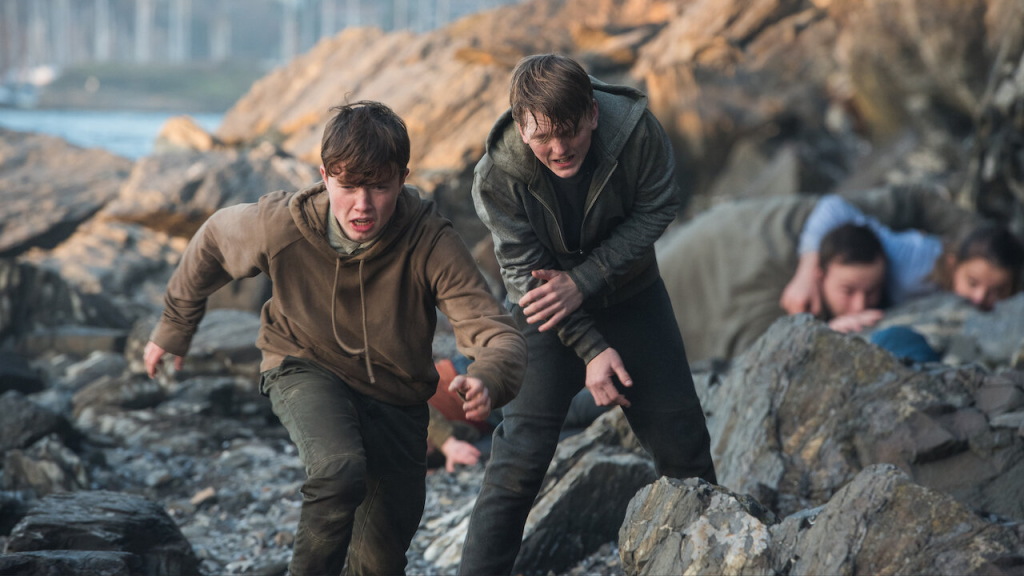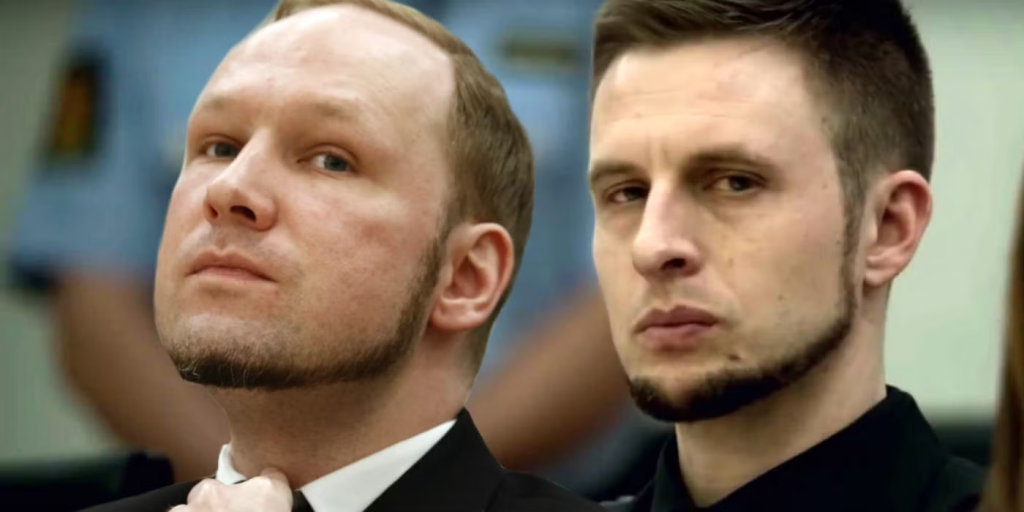22 July (2018): A Chilling Dive into Terror and Triumph!
Imagine a film that doesn’t just recount a tragedy but drags you into its raw, unfiltered aftermath. 22 July (2018), directed by Paul Greengrass, does exactly that, tackling Norway’s darkest day—July 22, 2011, when far-right extremist Anders Behring Breivik killed 77 people, mostly teens, in a bombing and mass shooting. Released on October 10, 2018, by Netflix after a Venice premiere, this 143-minute docudrama stars Anders Danielsen Lie as Breivik and Jonas Strand Gravli as survivor Viljar Hanssen. It’s not an easy sit—gritty, emotional, and unflinching—but it’s a testament to resilience and justice. Here’s why it’s a gut-wrenching must-see.
The Setup: A Nation Shattered
The film opens with a methodical chill: Breivik (Lie) mixes explosives in a barn, his face a mask of calm menace. Greengrass cuts between this and the innocence of Utøya, an island hosting a Labour Party youth camp. Teens like Viljar and his brother Torje (Isak Bakli Aglen) laugh and debate, oblivious to the storm brewing. Then, Oslo erupts—a van bomb rips through the government quarter, killing eight. As chaos grips the city, Breivik, disguised as a cop, boards a ferry to Utøya. What follows is a massacre—69 dead, hundreds wounded—filmed with Greengrass’s signature “you-are-there” intensity. Shot in Norway with a local cast (speaking English), the 2-hour-23-minute runtime kicks off with terror but pivots to its ripple effects.

The trailer-like urgency of the first 30 minutes—explosions, screams, kids fleeing—sets a brutal tone. It’s not gratuitous; it’s purposeful, thrusting you into the horror before shifting focus to survival and reckoning.
The Core: Three Threads, One Heart
Greengrass weaves three perspectives: Breivik’s legal dance, Norway’s political soul-searching, and Viljar’s fight to heal. Lie’s Breivik is a revelation—smug, detached, spouting ethno-nationalist bile about “multiculturalism’s end.” His trial, defended by the reluctant Geir Lippestad (Jon Øigarden), probes justice’s limits—how do you defend the indefensible? Lippestad’s quiet struggle mirrors Norway’s: stay open and fair, even to a monster.

Meanwhile, Prime Minister Jens Stoltenberg (Ola G. Furuseth) grapples with systemic failures—how did Breivik slip through? But the soul lies with Viljar, shot five times, blinded in one eye, a bullet lodged in his brain. Gravli’s performance is shattering—his rehab, physical and emotional, is the film’s pulse. A scene where he limps to confront Breivik in court, voice trembling but firm, is pure courage distilled. His family—mom (Maria Bock), dad (Thorbjørn Harr)—anchor the human cost.
The Craft: Realism That Cuts Deep
Greengrass, king of docudrama (United 93, Captain Phillips), wields his restless camera like a scalpel—shaky, intimate, relentless. Pål Ulvik Rokseth’s cinematography paints Norway in somber grays and greens, while William Goldenberg’s editing keeps it taut yet reflective. The Utøya sequence, though brief, is visceral—gunshots echo, kids scatter, no Hollywood gloss. Bernard Herrmann’s mournful score (with modern twists) haunts every frame.
The English dialogue—a choice for global reach—jars at first with Nordic accents, but the cast’s authenticity overrides it. Lie’s icy stillness chills; Gravli’s rawness breaks you. At 143 minutes, it’s long, but the pace shifts—frantic terror to slow, searing recovery—mirroring life’s uneven healing.
Soul Over Slaughter
22 July isn’t about the attack—it’s about what’s left. Breivik’s ideology, eerily prescient of today’s far-right surge, gets airtime but not glory; he’s a pathetic narcissist, not a martyr. The focus is Viljar’s rebirth—learning to walk, facing his killer—and Norway’s resolve to stay democratic. A courtroom speech, simple yet defiant, lands like a quiet thunderclap: “We choose to live.” It’s not triumphant; it’s real—scars don’t vanish, but they strengthen.
Based on Åsne Seierstad’s One of Us, the film sidesteps sensationalism for substance. It’s a mirror to 2025’s polarized world—extremism’s roots, society’s response—without preaching. You feel the weight, not the lecture.
Does It Endure?
22 July earned an 80% on Rotten Tomatoes—praised for its impact, dinged for its chill. It grossed modestly (Netflix’s model skews theatrical stats), but its streaming reach made it a global talking point. By 2025, it’s a time capsule—raw in 2018’s post-Trump, pre-COVID unease, still relevant amid rising hate. Not flawless—the English feels forced, some threads thin—but its heart holds. Stream it on Netflix; it’s tough, but it’s vital.
A Heavy Thanks and a Call to Witness
Thanks for braving 22 July’s depths with me! This film’s a beast—unsettling, moving—and I hope it’s stirred you as it did me. You’re the spark for these dives, so don’t fade out—more cinematic journeys await. What’s your take on Viljar’s stand? Spill it below, and let’s keep the fire going! 🌊🙏
